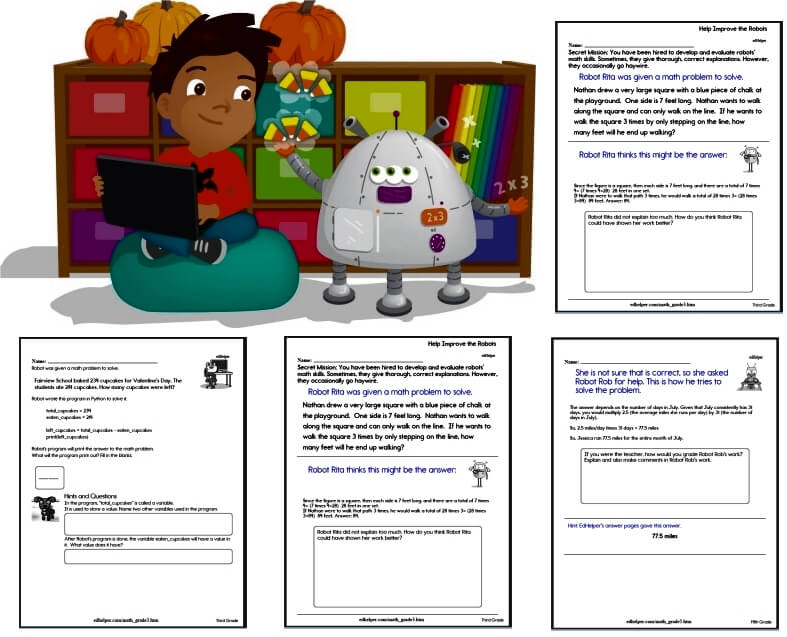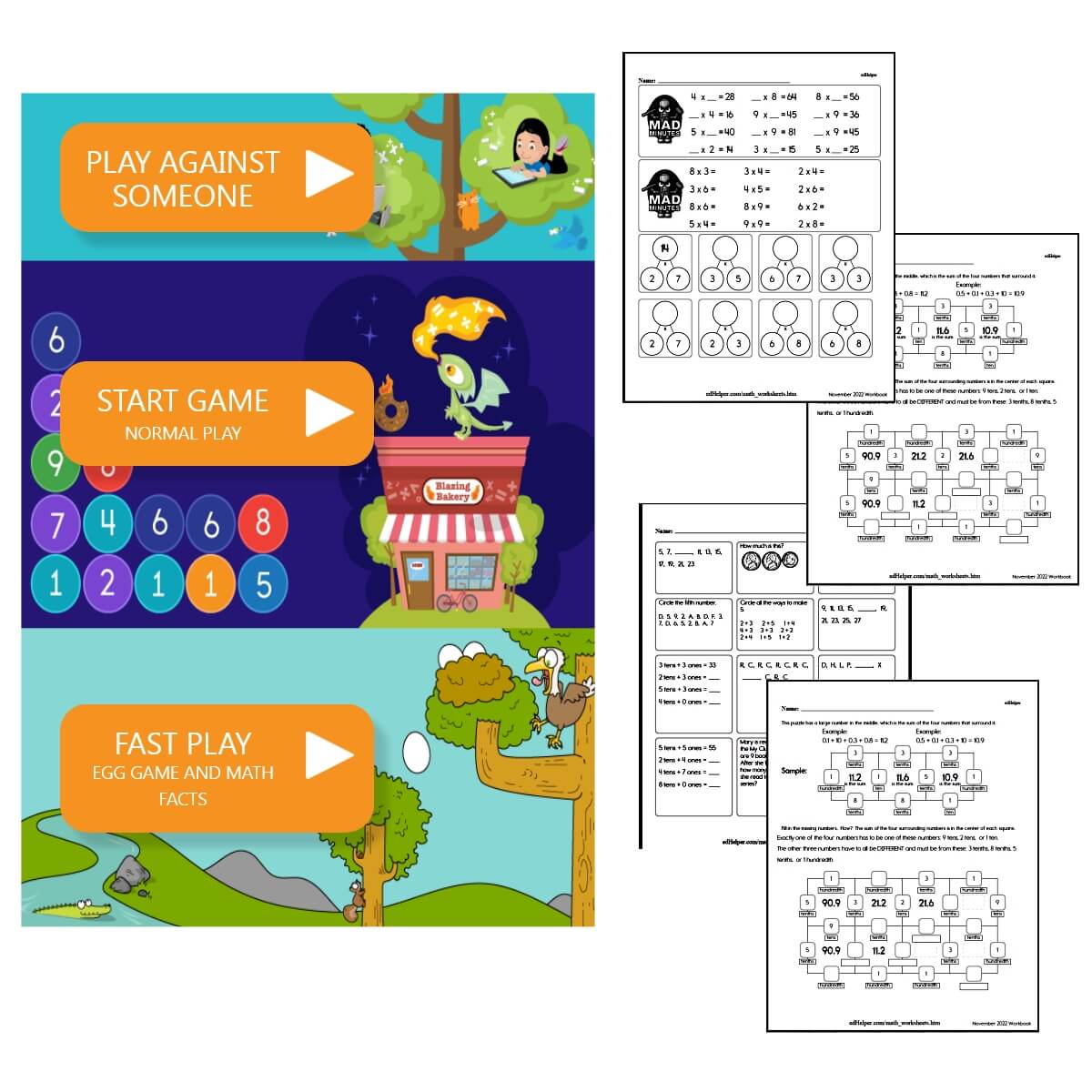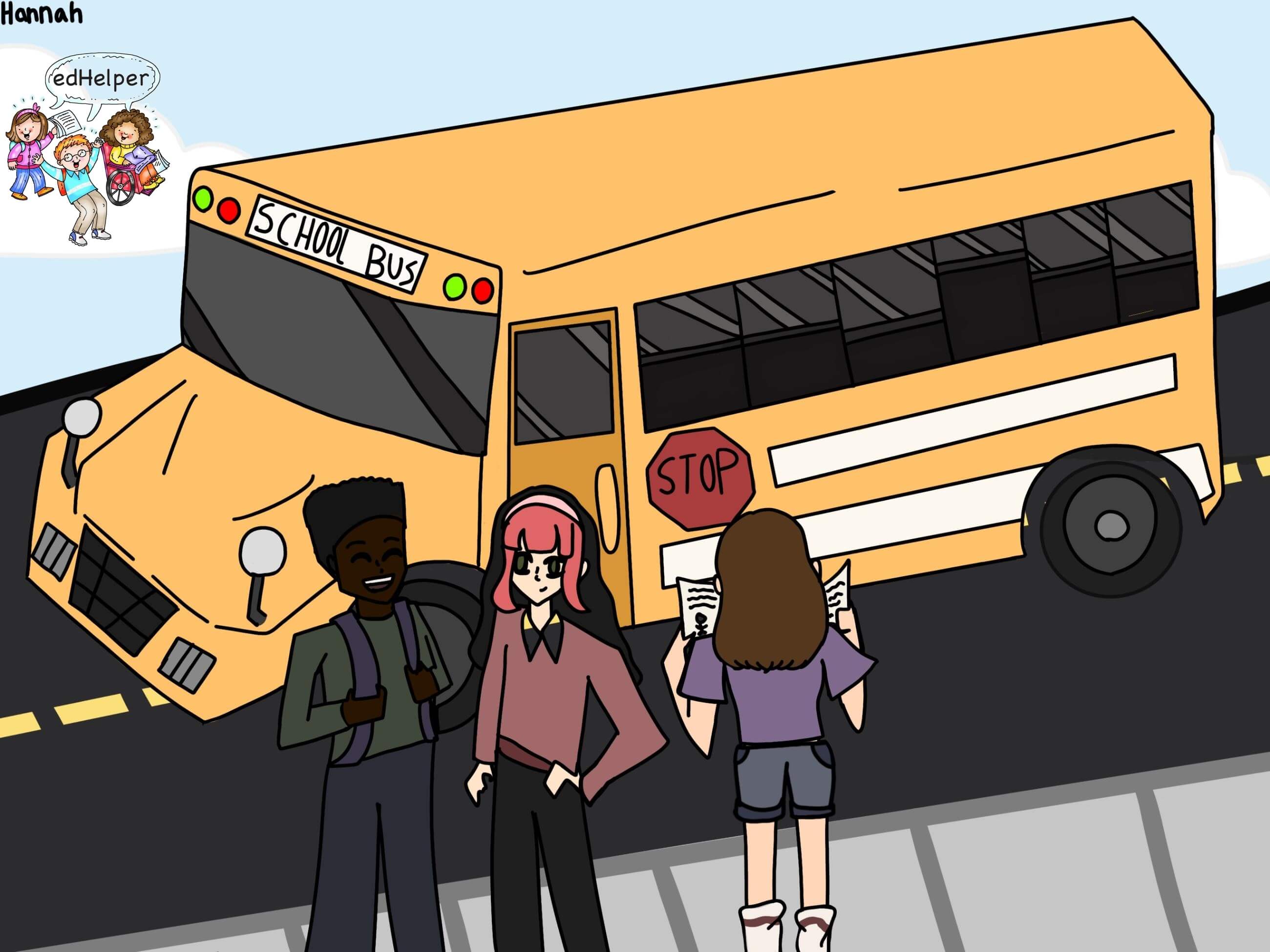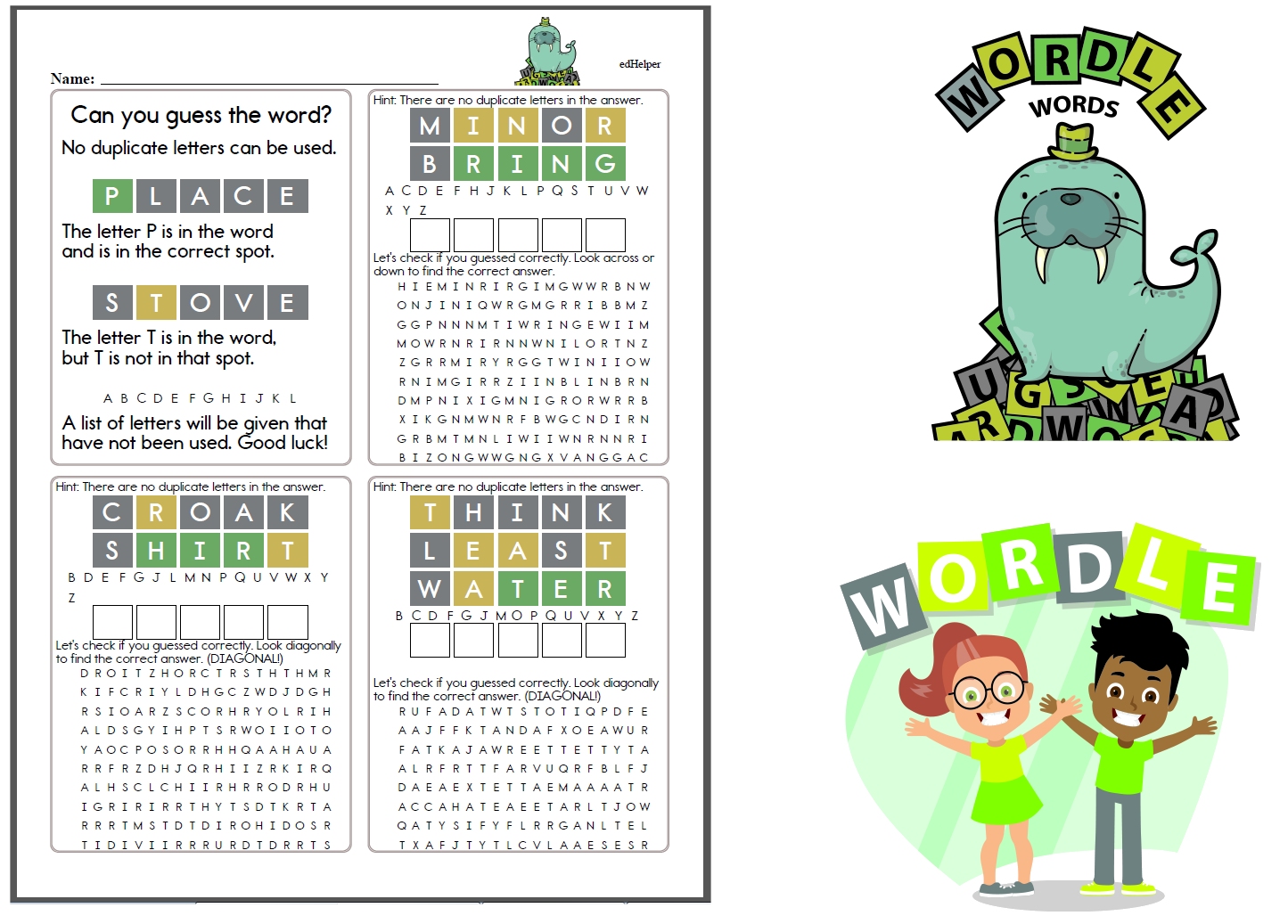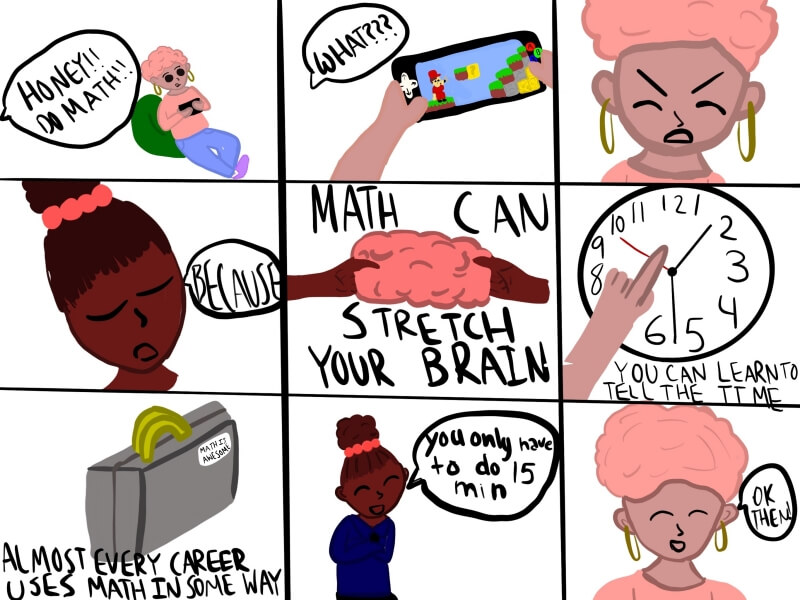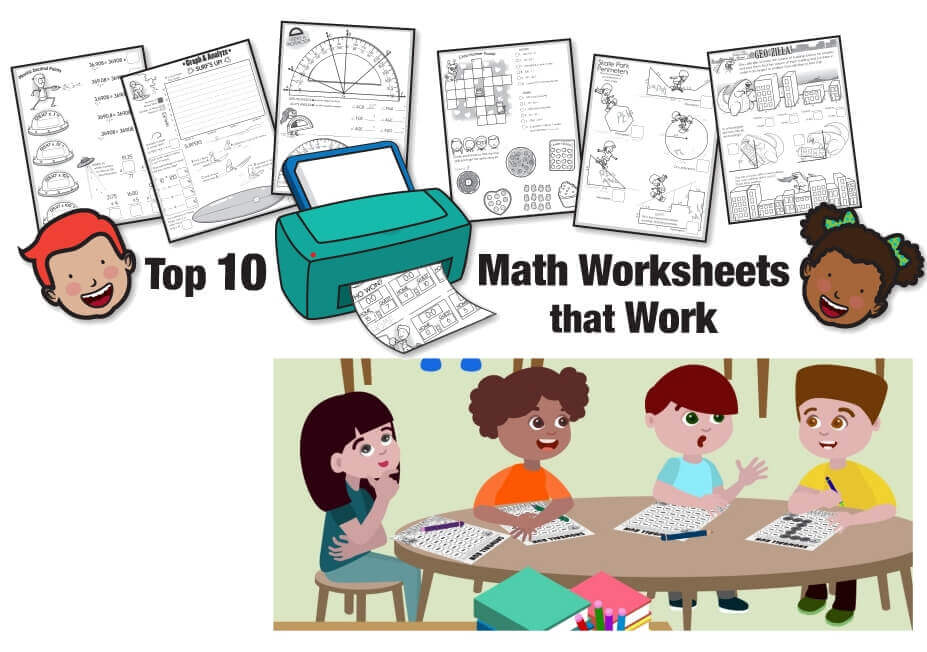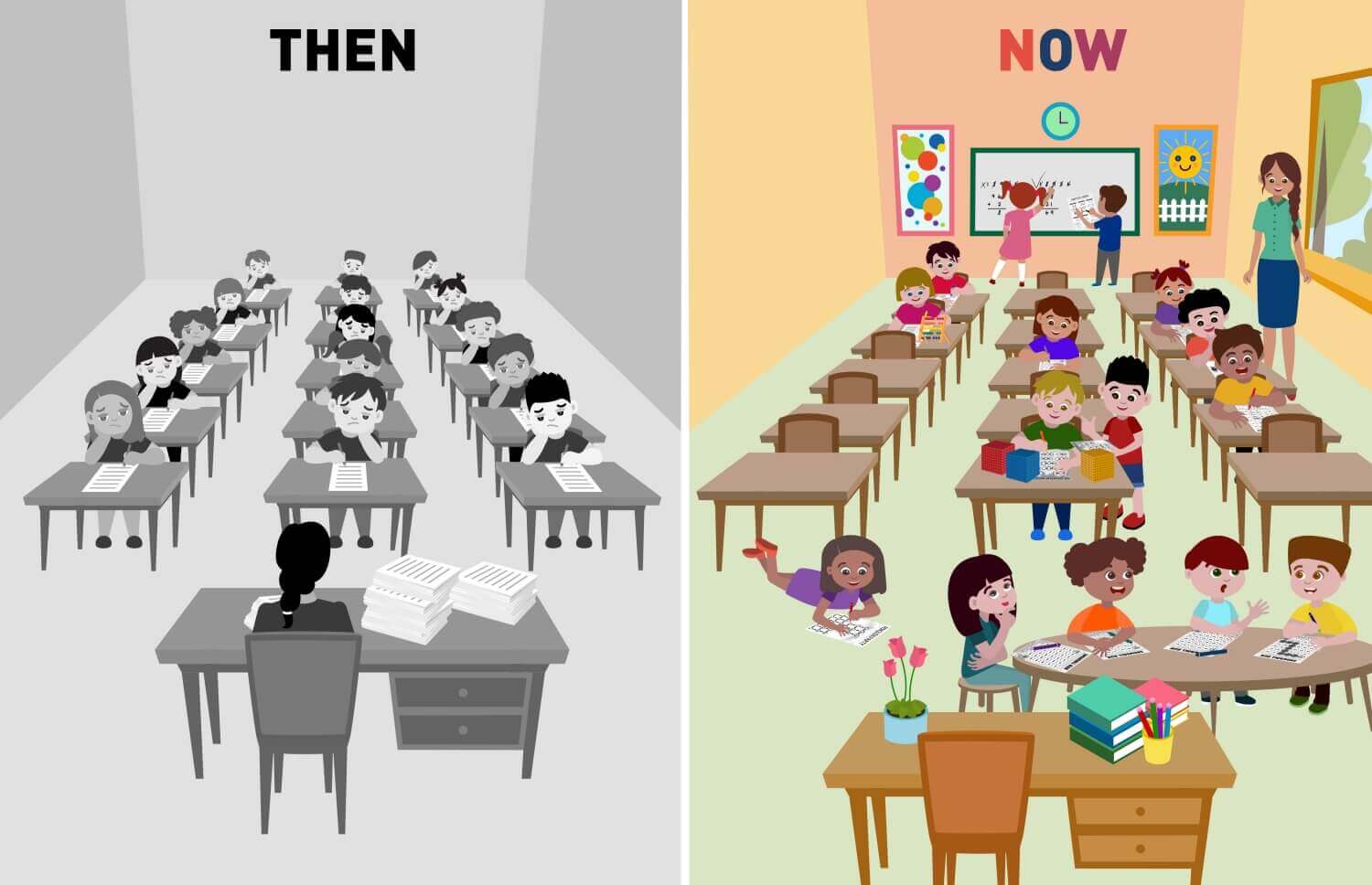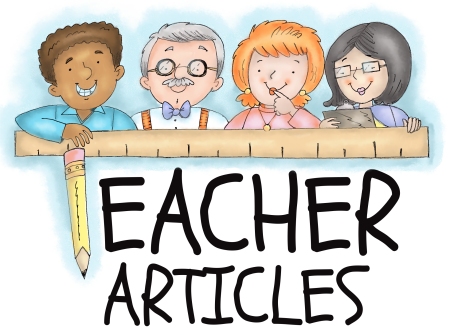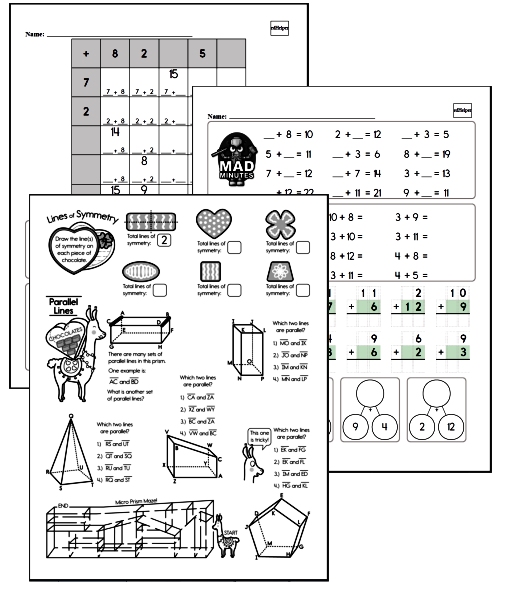5 Tips for Teaching Prepositions
By: edHelper Staff
Updated: Nov 7, 2021
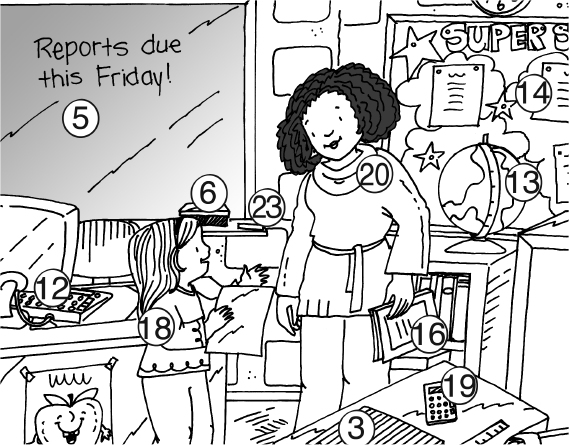
Are you OVER the stress and boredom of teaching prepositions? Are your students BESIDE themselves when learning them? Teaching language arts can be a challenge, but here are five entertaining ways to give your students an effortless understanding of prepositions. These tips will help them get IN the mood for learning language arts while making sure you don't go OUT of your mind.
According to Merriam-Webster, a preposition is "a word or group of words that is used with a noun, pronoun, or noun phrase to show direction, location, or time, or to introduce an object." That definition is very precise but is also a little bit yawn-inducing. Wake up your students by adding games with movement and collaboration as they learn about language. Collaboration is an essential skill in today's work world, so its early development will help your students in the future.
#1 - Where Is Teddy?
This lesson makes a personal, lasting impression on students by enlisting the aid of a favorite stuffed animal. Have each student bring a teddy bear or other stuffed animal to class, and find a special box that one stuffed animal can fit into. Also, write a list of prepositions of place on the blackboard or a dry erase board. Invite the students to sit in a circle with their stuffed animals. Ask each student to pick out a preposition that they will demonstrate using the stuffed animal. Then, each student takes a turn placing the stuffed animal in relation to the special box as the rest of the students try to guess which preposition is being illustrated.
#2 - Gliding Prepositions
Help your students literally take off with this preposition activity. This is a productive diversion during a cold winter day when everyone is a little fidgety. Have each student make and decorate a special paper airplane. Then, ask the students to fly their airplanes across the room-make sure to move anything fragile for this lesson. Who knows where these preposition projectiles might land? When all the planes have glided into their final resting places, the preposition fun begins. Each student has to say a sentence about his or her plane using a preposition to describe where the plane landed.
#3 - Guess the Preposition
The only materials you will need for this activity are some 3 x 5 cards, a list of prepositions, a roll of tape, and a bunch of energetic kids! Write prepositions on the cards. Tape a preposition card to the back of each student, and then have everyone pair off. Each pair will need a prop of some kind, like a pillow or a chair, so they can demonstrate the prepositions. One student will read the card on the other's back and act it out. The other student guesses which preposition is being demonstrated. When both members of the team guess the prepositions correctly, they raise their hands. The team that finishes first wins.
#4 - Ready, Set, Write!
Break your class into small teams, with three or four students in each team. Give each team a list of prepositions, pencils, colored markers, and paper. Each team member writes as many sentences as they can using a preposition. Tell them to underline each preposition using a colored marker. Let the teams work for about five minutes. The team with the most correct sentences wins.
#5 -Add Excellent Worksheets
Finally, for preposition mastery, add edHelper worksheets to your lesson plan. After your students are a bit worn out (thankfully) from preposition games, worksheets can be a precise and effective addition to your language arts program. Use Preposition Worksheets.
#6 - Language Arts Challenge Workbooks - FREE (No Login) Workbook Samples
For more diverse language arts work, try these language arts worksheets.
2nd Grade Language Arts Sampler workbook
3rd Grade Language Arts Sampler workbook
4th Grade Language Arts Sampler workbook
5th Grade Language Arts Sampler workbook
If you love Mad Libs, you and your students will love Funda-blanks. Find them here:
Funda Blank Writing Challenges - Similar to Mad Libs!
These are just some ideas to help you and your students enjoy the wide world of prepositions. Thinking outside the box, or inside, under, or on top of the box, can go a long way to helping students gain mastery in understanding prepositions, increase their collaboration skills, and have a memorable time learning the fundamentals of language.


